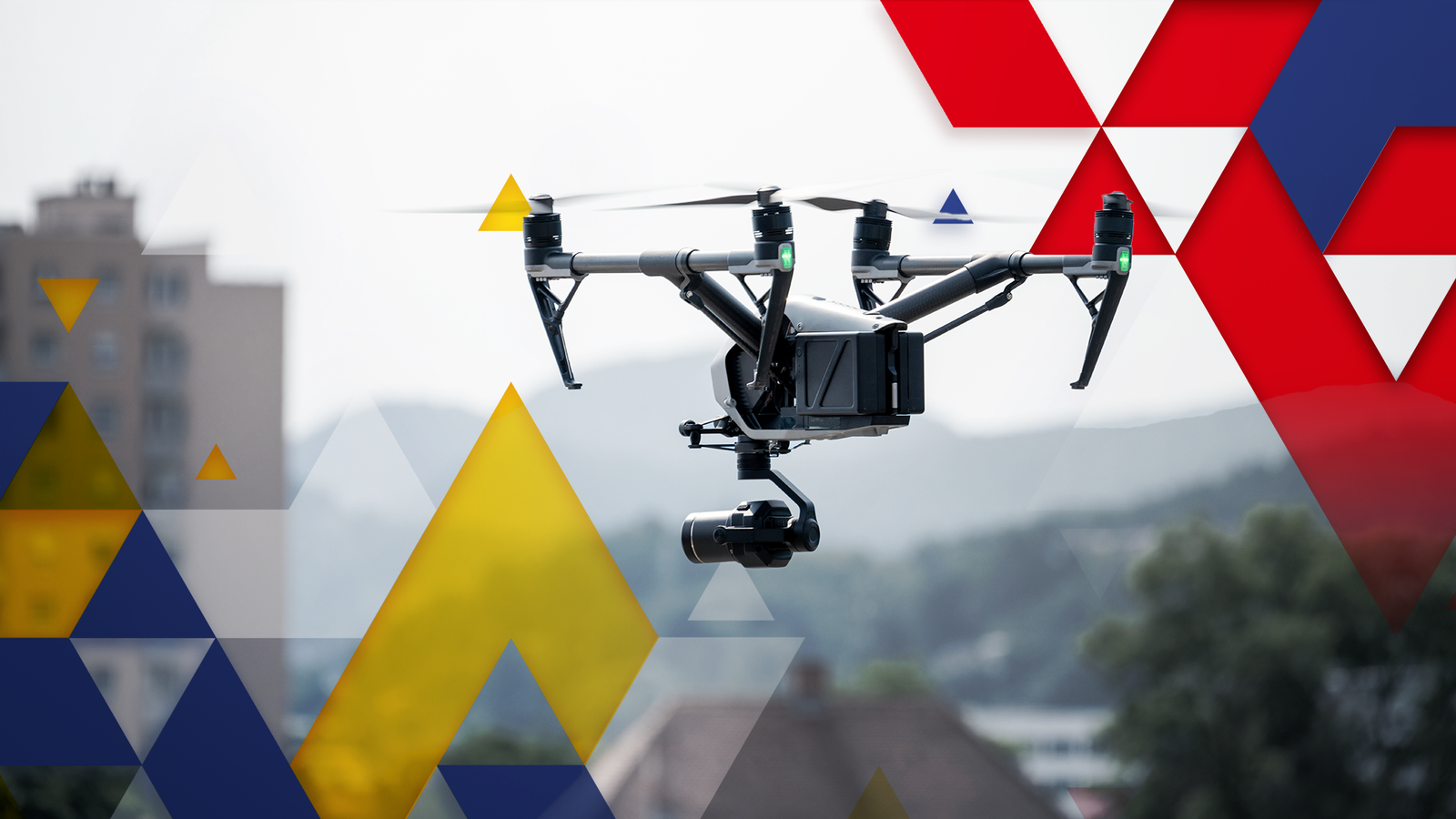A handful of Ukrainian entrepreneurs are creating AI systems to operate a massive fleet of drones, sending conflict into uncharted territory as fighters seek to obtain a technical edge
Ukraine anticipates that deploying AI-enabled drones along the front line will assist in mitigating the Russians’ escalating signal jamming and facilitating the operation of uncrewed aerial vehicles (UAVs) in larger groupings.
Visual systems that assist in identifying targets and the flight of drones into them, terrain mapping for navigation, and more intricate programs that enable uncrewed aerial vehicles (UAVs) to operate in interconnected “swarms” are the primary areas of AI drone development in Ukraine.
Swarmer is a company currently developing software that connects drones to a network. A human can authorize automated strikes, and decisions can be implemented immediately throughout the group.
In the Kyiv offices of Swarmer, CEO Serhiy Kupriienko stated to Reuters, “When you attempt to scale up (with human pilots), it simply does not work.” “For a swarm of 10 or 20 drones or robots, it’s virtually impossible for humans to manage them.”
One of the more than 200 technology companies that have emerged since Russia’s full-scale invasion in 2022 is Swarmer. Civilians with IT backgrounds are developing drones and other devices to assist Ukraine in combating a much larger enemy.
According to Kupriienko, AI could manage hundreds of drones, whereas human pilots encountered difficulties during operations involving more than five drones.
Styx, the system, directs a network of surveillance and strike drones, both large and tiny, that operate both in the air and on the ground. He stated that each drone would be capable of predicting the behavior of its peers and devising its course of action.
Kupriienko stated that automation would assist in safeguarding drone operators who are a priority target for enemy fire and operate near the front lines, in addition to expanding operations.
He further stated that Swarmer’s technology is currently being developed and has only been experimentally tested on the battlefield.
To prevent the system from making errors in target selection, Samuel Bendett, Adjunct Senior Fellow at the Center for a New American Security, stated that AI drone control systems would likely require a human in the cycle. The ethics of weapons that do not allow for human judgment are a subject of widespread concern.
In 2020, a research document published by the European Parliament warned that these systems could violate international humanitarian law and reduce the threshold for war.
Some of Ukraine’s long-range drone operations, which target military facilities and oil refineries located hundreds of kilometers inside Russia, are already utilizing AI.
An anonymous Ukrainian official informed Reuters that the attacks occasionally involve a fleet of approximately 20 drones.
The central drones are responsible for flying to the target, while others are responsible for destroying or disorienting air defenses.
The source further stated that they employ a form of AI with human supervision to assist in identifying targets or threats and planning potential routes.
SIGNAL JAMMING
The necessity for AI-enabled drones is increasing as both parties implement Electronic Warfare (EW) systems that disrupt signals between drones and operators.
In particular, the hit rates of small, inexpensive FPV (first-person view) drones, the primary method for both parties to engage enemy vehicles in 2023, are decreasing as jamming increases.
Max Makarchuk, the AI lead for Brave1, a defense tech accelerator established by the Ukrainian government, stated, “We are currently developing the concept that shortly, there will be no connection on the front line” between the pilot and UAV.

Makarchuk asserts that the proportion of FPVs that successfully strike their intended target consistently decreases. The strike rate for most FPV units is between 30 and 50%, while it can be as low as 10% for novice pilots.
He anticipated that FPV drones operated by AI could achieve strike rates of approximately 80%. Makers, such as Swarmer, have initiated the development of functions that enable a drone to latch onto a target via its camera to mitigate the EW threat.
The equipment and personnel they safeguard are shielded by an invisible signal-jamming dome that EW systems create.
When a pilot loses contact with the drone, they cannot control it, and the aircraft either crashes to the ground or continues to fly directly ahead.
By automating the concluding phase of a drone’s flight to its destination, the effect of the EW’s jamming is negated, as the pilot is no longer required.
AI-enabled drones have been developing for years but were previously perceived as expensive and experimental.
According to Bennett, Russia had been working on developing AI-enabled aerial and ground drones before the 2022 invasion and had achieved some success.
The primary objective of manufacturers in Ukraine is to develop a cost-effective AI targeting system for drones. This would enable it to be deployed massively along the entire 1,000 km (621 miles) front line, where thousands of FPV drones are exhausted weekly.
Running AI programs on a Raspberry Pi, a tiny, inexpensive computer that has gained global popularity beyond its intended educational use, can reduce costs.
Makarchuk estimated that the cost of implementing a straightforward targeting system, which would latch onto a shape visible to the drone’s camera, would be approximately $150 per drone.



